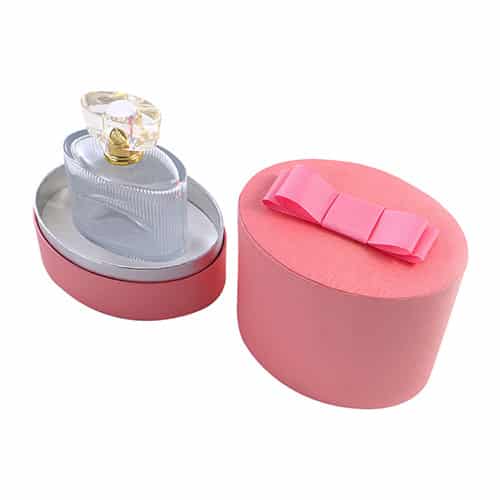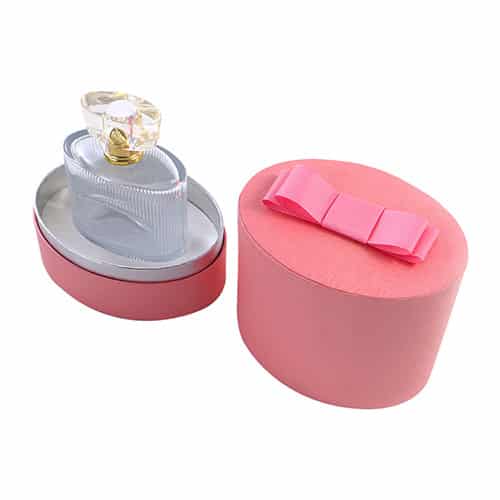In environmentally friendly packaging, the use of alternative materials, recycled materials, or biodegradable materials helps to reduce the amount of pollution that is released into the environment. When compared to conventional plastic packaging, environmentally friendly packaging has the potential to reduce the amount of resources used, the amount of energy consumed, and the amount of carbon emissions, ultimately leading to a reduction in the amount of pollution that is released into the air, water, and soil.
Protection of resources: environmentally friendly packaging encourages the use of renewable resources, such as materials derived from plants, in order to lessen reliance on finite resources. Examples of such materials include paper and cardboard, both of which can be recycled. This helps to protect the sustainable use of natural resources and reduces the risk of overexploitation as well as the destruction of ecosystems. In addition, this helps to ensure that natural resources are used in an environmentally responsible manner.
-
Packaging that is environmentally friendly uses recyclable materials such as paper, cardboard, glass, and metal rather than non-recyclable materials
-
This makes recycling easier and more widespread
-
We are able to lessen the amount of damage done to the natural environment if we decrease the amount of waste that is produced through behaviors such as recycling and reuse and also reduce the demand for waste disposal methods such as landfilling and incineration
The environmentally friendly packaging is made of materials that are biodegradable, which means that they are both capable of decomposing in their natural environment and do not pose a threat to the natural environment in any way. This has the potential to help in the reduction of the accumulation of waste made of plastic, particularly with regard to the problem of plastic pollution in the ocean.
In a nutshell, packaging that is kind to the environment helps to reduce pollution, conserve resources, promote sustainable development, and recycle materials, all of which are necessary steps in the recycling process. It is a solution that looks to the future and encourages the achievement of sustainability as well as the development of advanced environmental protection at a higher level.
The majority of the time, there is only one viable option for an additional use for packaging in addition to the purpose for which it was designed. It is possible to extend the amount of time that a single piece of packaging can be used effectively by giving it multiple purposes. This not only reduces the likelihood that the packaging will end up in a landfill but also increases the amount of time that it can be used.
You mentioned that it is an important idea to create multiple uses for packaging in order to extend the amount of time it can be used for its intended purposes. The following are some of the different approaches that can be taken to successfully complete this task:
1. A design that is capable of serving multiple purposes When it comes to the creation of the packaging, multiple uses are taken into consideration. For instance, once a product has been dispatched, the box in which it was originally packaged can be repurposed as either a container for storage or a container for the presentation of a gift. This is something that can be incorporated into the packaging during the design process. Putting zippers on plastic bags is another way to make them reusable after they have been used.
3. Reuse in creative ways: Motivate customers to come up with inventive new uses for the packaging you provide them. This article provides tips and pointers on how to recycle discarded packaging into products that can be put to good use. For instance, glass bottles and cans can be repurposed into vases or storage containers, and paper boxes can be repurposed into craft supplies. Both of these upcycling options are environmentally friendly.
4. Recycling, including the recycling of packaging: Make it simple for customers to recycle by supplying them with convenient recycling systems and facilities. Consumers will be encouraged to recycle packaging as a result of this. The utilization of recycled materials and other previously used items as raw materials helps to reduce the demand for newly produced materials. Examples of such items include recycled packaging.
5. Eco-design: When developing new packaging, make sure to take into consideration how it will affect the environment as well as how sustainable it will be in the long run. It is important to make use of materials that are recyclable, degradable, or biodegradable in order to lessen the negative impact that packaging has on the surrounding environment and to ensure that it can be disposed of in an appropriate manner once it has served its purpose. This can be accomplished by utilizing materials that are either recyclable, degradable, or biodegradable.
The application of these methods integrated together has the potential to increase the number of uses that packaging can have and decrease the likelihood that it will end up in a landfill. Because of this, the useful life of the packaging can be lengthened, which in turn reduces the amount of resources that are used up and the amount of pollution that is caused to the environment.




